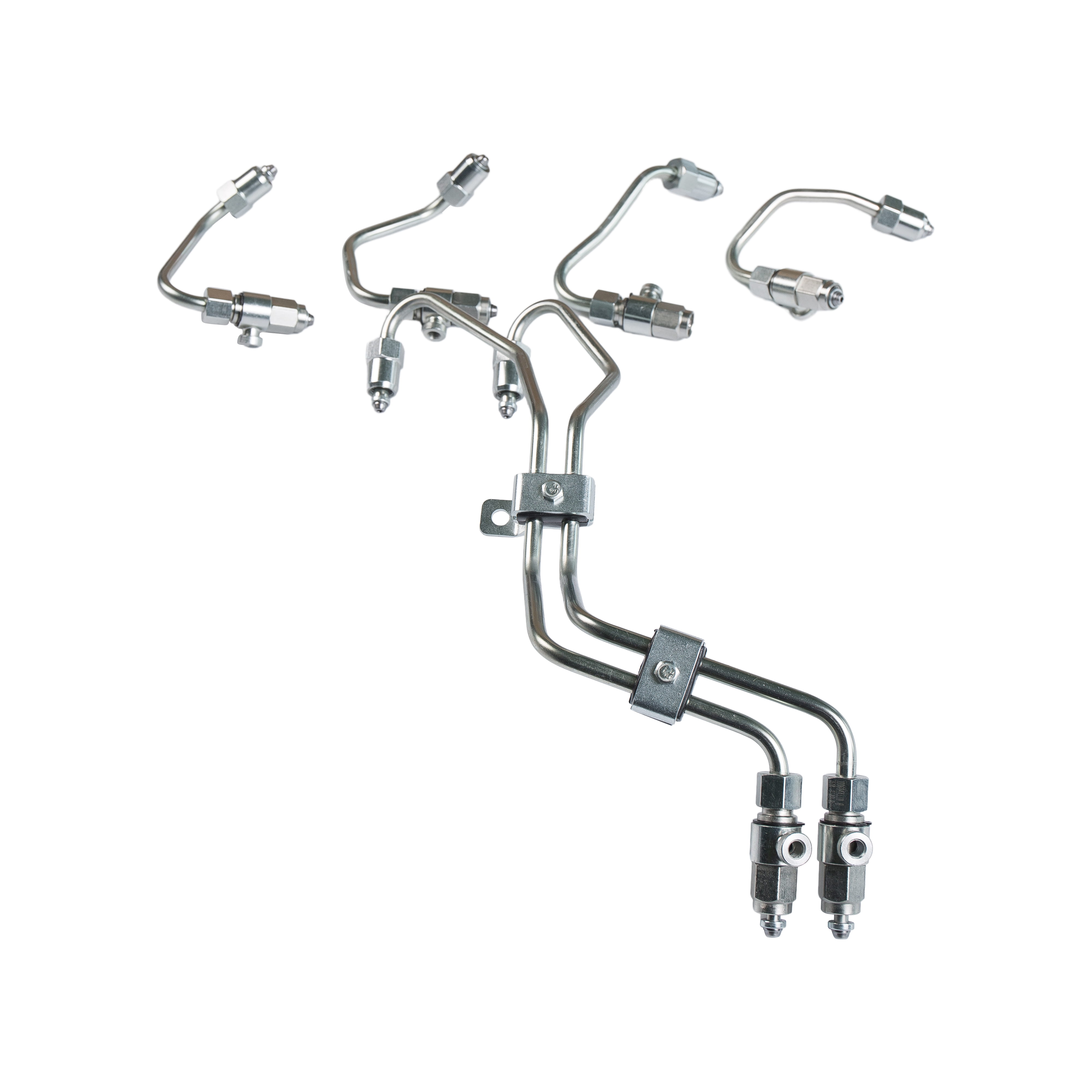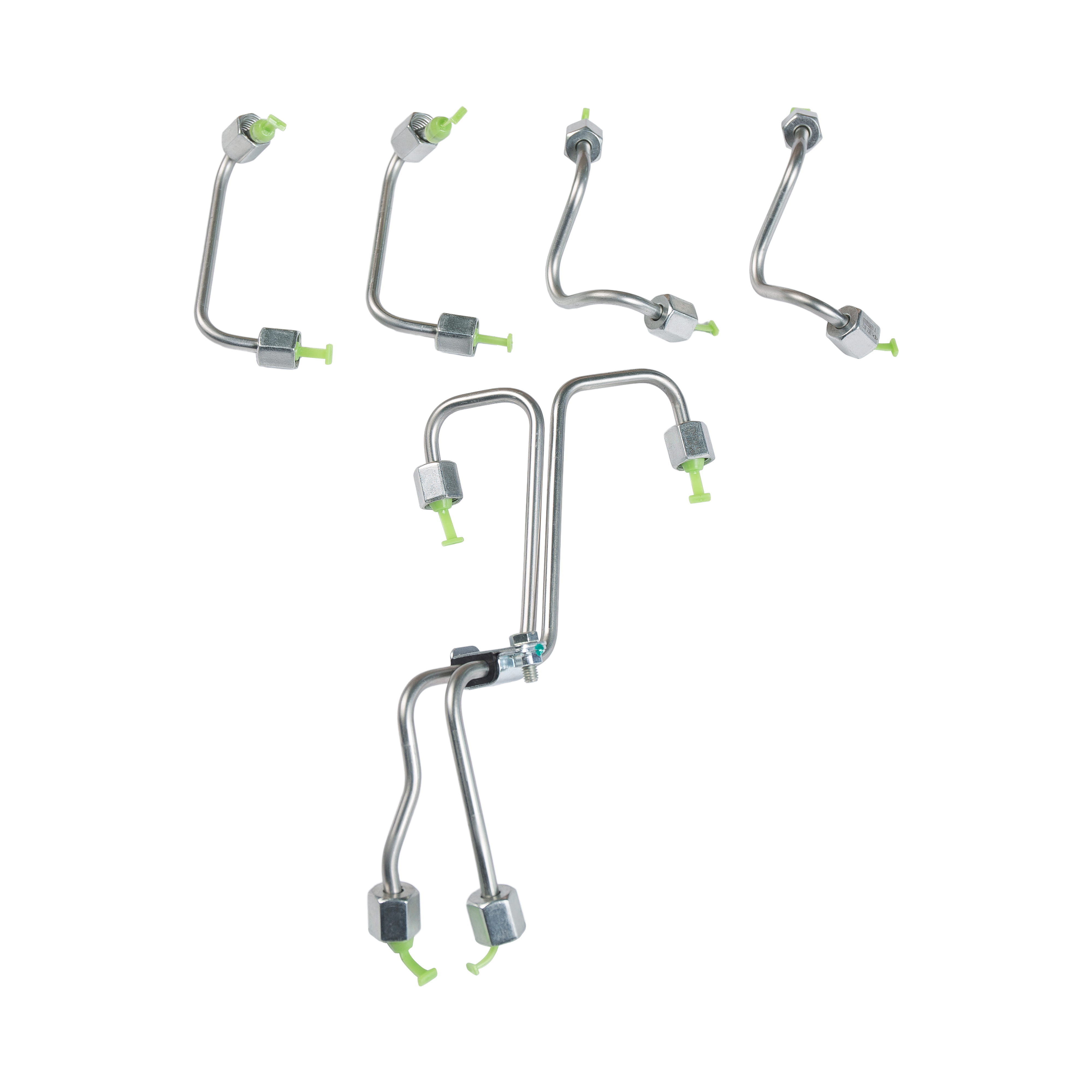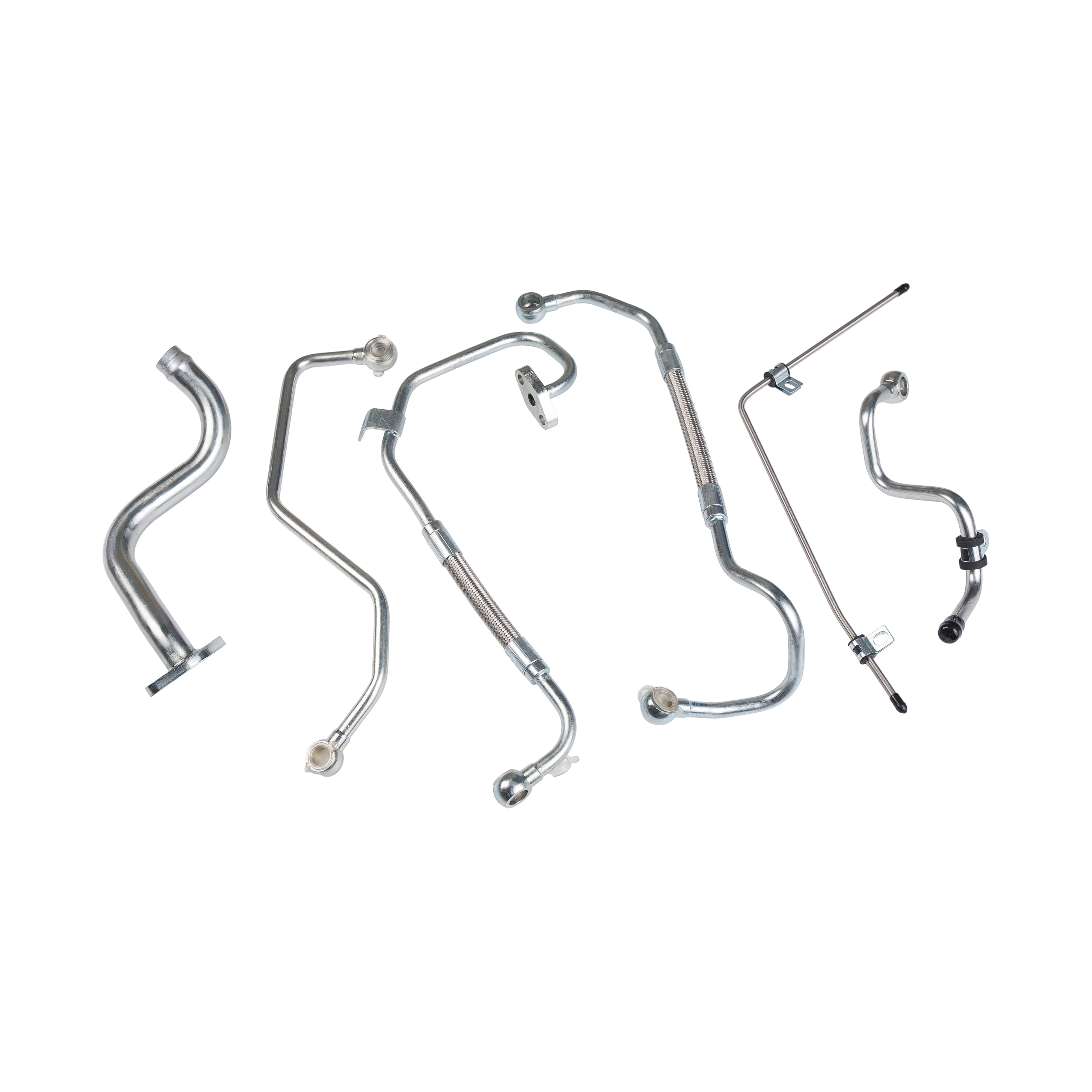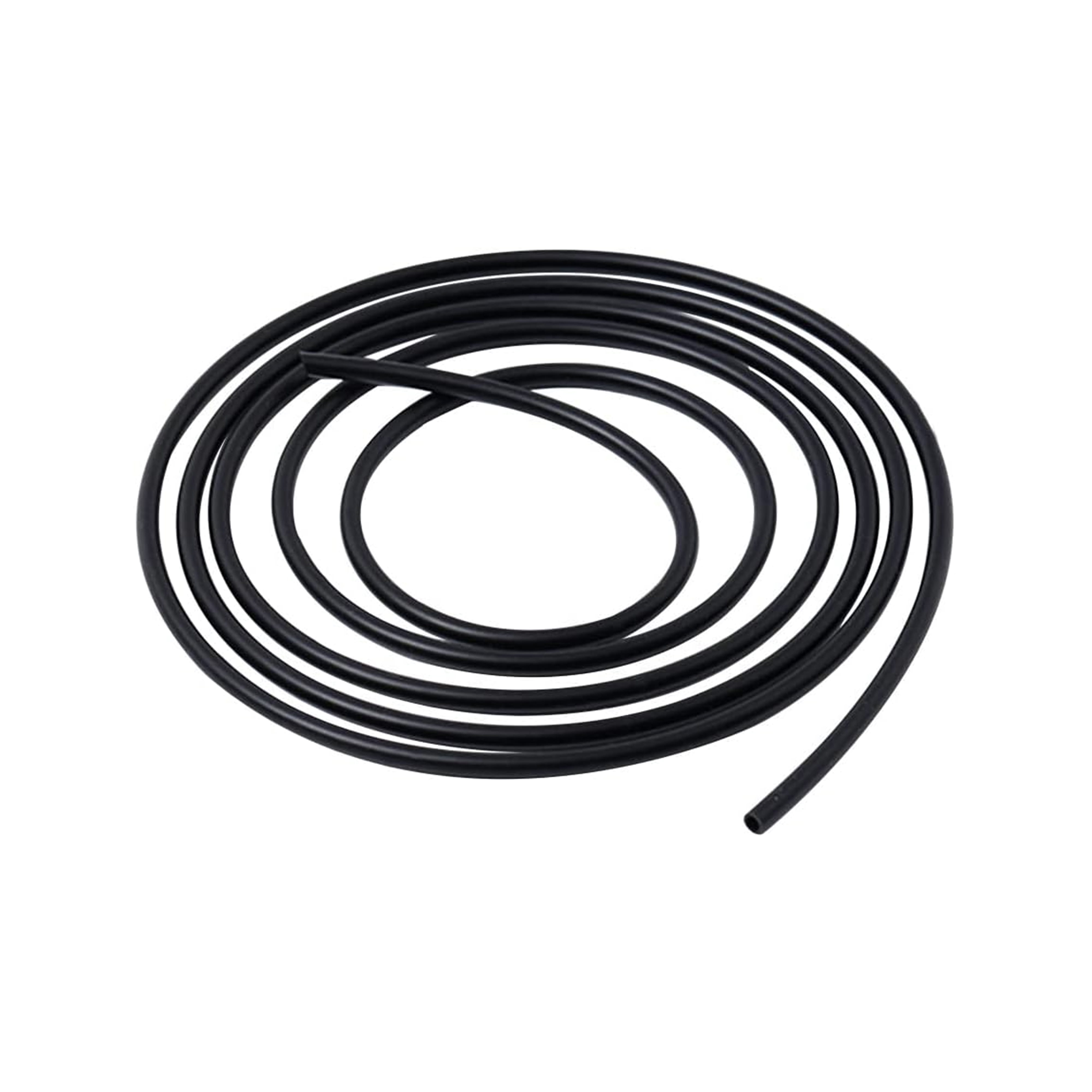304 stainless steel corrugated low pressure oil pipe is commonly used in various oil systems, especially in applications where corrosion resistance, flexibility, durability, and moderate pressure handling are required. While it is not typically used in high-pressure hydraulic systems, its properties make it well-suited for low-pressure oil transfer, lubrication lines, fuel delivery systems, and auxiliary oil circuits in industrial, automotive, and marine environments.
1. Material Advantages of 304 Stainless Steel
304 stainless steel is one of the most widely used austenitic stainless steels due to its excellent corrosion resistance, high-temperature performance, and good mechanical properties. It contains 18% chromium and 8% nickel (often referred to as 18-8 stainless steel), which provides strong resistance to oxidation and corrosion from oils, water, and many chemicals. This makes it ideal for oil systems where exposure to moisture, temperature fluctuations, and contaminants is common.
In oil systems, especially in environments like food processing, pharmaceuticals, marine applications, or outdoor machinery, preventing rust and contamination is critical. 304 stainless steel helps ensure clean, safe, and long-lasting oil transport, reducing the risk of system failure due to pipe degradation.
2. Corrugated Design for Flexibility and Vibration Resistance
The corrugated (ridged or pleated) structure of the pipe provides significant flexibility, allowing it to absorb vibrations, accommodate misalignment, and fit into tight or complex spaces. This is especially valuable in oil systems connected to engines, compressors, pumps, or other moving equipment where constant vibration could damage rigid piping or cause leaks in traditional joints.
Unlike straight stainless steel tubes, corrugated pipes can bend without kinking, making installation easier and reducing stress on connection points. This flexibility also helps in thermal expansion and contraction, which is important in systems that experience temperature changes during operation.
3. Suitability for Low-Pressure Oil Applications
As the name suggests, this type of pipe is designed for low-pressure applications. It is commonly used in:
Lubrication systems: Delivering oil to bearings, gears, and chains in industrial machinery.
Fuel transfer lines: In generators, pumps, or auxiliary fuel systems where pressure is relatively low.
Oil drain lines or breather lines: Where oil is moved by gravity or low pressure.
Hydraulic reservoir vent lines or return lines with minimal backpressure.
It is not recommended for high-pressure hydraulic circuits (e.g., main hydraulic lines in heavy machinery), where higher strength and thicker wall tubing (such as 316 stainless steel or reinforced hoses) are required.
4. Applications Across Industries
This type of pipe is widely used in:
Food and beverage processing: Where hygiene and corrosion resistance are critical.
Marine engines: Resistant to saltwater and humid environments.
Automotive and trucking: For auxiliary oil lines and turbocharger oil feeds.
HVAC and refrigeration systems: In oil return lines for compressors.
Power generation and pump systems: For reliable, long-term performance.
5. Installation and Maintenance Benefits
304 stainless steel corrugated oil pipes are often equipped with fittings such as flares, NPT threads, or quick-connect ends, making them easy to install and replace. They require minimal maintenance and have a long service life, reducing downtime and replacement costs.
Yes, 304 stainless steel corrugated low pressure oil pipe is a practical and reliable choice for many oil system applications—especially where flexibility, corrosion resistance, and clean operation are needed. While not suitable for high-pressure systems, it excels in low-pressure environments across diverse industries, offering a durable and cost-effective solution for safe and efficient oil transport.
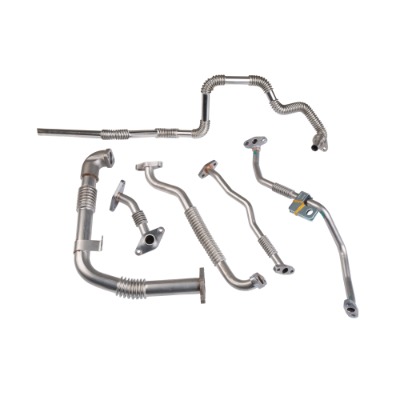

 English
English Español
Español русский
русский